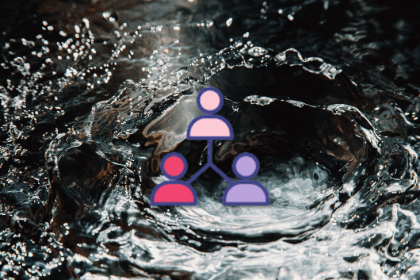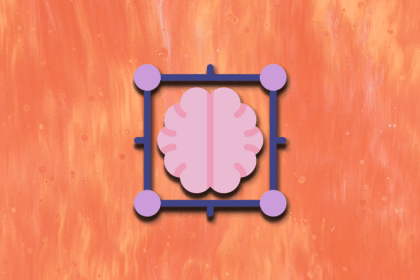
Team autonomy is a style of managing and organizing teams in a way that they are given the autonomy to make decisions.

Micromanagers excessively monitor their team’s progress, which demotivates them and builds resentment towards you.

Agile places emphasis away from the deliverables themselves and onto the individuals and the teams building them.

The Start, Stop, Continue retrospective is one of the many retrospectives out there. What makes it unique, however, is its direct approach.

Transformational leadership centers on inspiring and motivating people to achieve a definitive, positive change that solves a bigger problem.

The Johari window is a psychological framework for identifying perceived attitudes, behavior, and habits of employees.

The curse of knowledge is a bias people develop where they assume other people have the same level of knowledge they do.

A one-pager is a great way to align the various departments in your business and ensure that your products have the support they need to be successful.

Progress reports are important because they help build trust in the project team by keeping stakeholders in the loop with clear communication.

A sprint review is used to inspect the increment delivered in the previous iteration and determine the direction of further iterations.

If handled poorly, product ops can slow down your product teams and significantly strain your business operations costs. Unfortunately, many companies don’t have a dedicated team to handle this crucial process.

Affinity mapping is the process of organizing qualitative data into groups in order to make more sense of it.